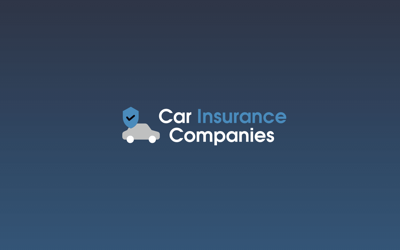 Post
PostSt. Luke’s Health Network Insurance Company, a Reciprocal Risk Retention Group Car Insurance Review
In this review, we will be taking a comprehensive look at St. Luke’s Health Network Insurance Company and their car insurance offerings. St. Luke’s Health Network Insurance Company is a unique provider in the insurance industry, as it operates as a Reciprocal Risk Retention Group. 1. Introduction To St. Luke’s Health Network Insurance Company Before...
In this review, we will be taking a comprehensive look at St...